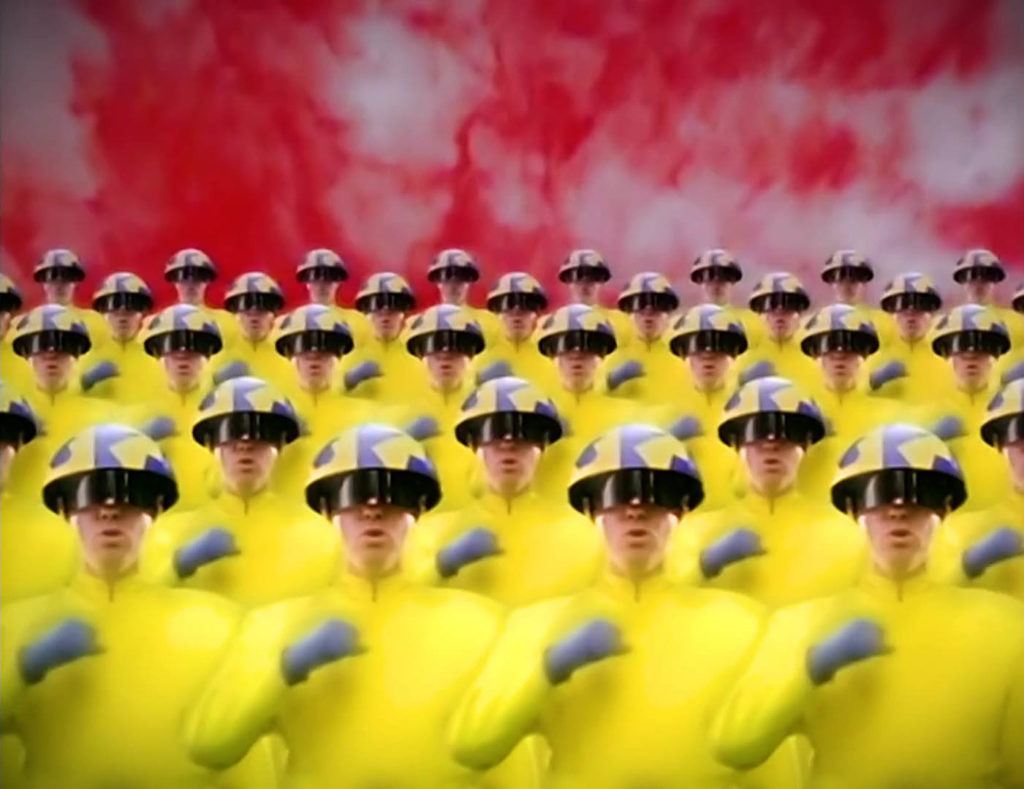Back in the early 90s I, just as lots of other youths in Russia and the post-Soviet space listened to a multitude of Western pop groups, like Scorpions, Pet shop boys, A-Ha. With my command of the English language becoming more solid, I was also starting to understand the lyrics – remember, there was no Internet to check the texts, so you got by with what you understood on your own.
And the understanding was that of a warm and fuzzy welcoming feeling – the West invitingly offering to become the best friend of Russia. Or so it seemed. Later, in the naughts, came other musical preferences, and Scorpions with PSB faded into the background.
Now, many decades later I re-listened to some of my favourites from that time. And, what is more important, re-watched the clips. It’s important to keep in mind that not all music of that time had a political undercurrent or agenda, in fact, the majority of the clips were perfectly innocent in this regard. And then there were occasional musical items that failed the smell test of time.
“Wind of Change” by Scorpions seemed like a nice peace-building work of musical art, a hand of friendship outstretch to the new Russia… until 2023, when they changed the lyrics to suite the new political agenda of pandering to Ukraine, with Ukraine becoming the new target for this song.
Pet Shop Boys has two clips that drew my attention with the modern knowledge of the past events. Watch closely “Go West”. I always thought of it as addressing the wider Soviet audience, luring people into the sweet embrace of the West (that with the hindsight turned out to be a sweet honey trap). Yet, watch closely the clip.
Pay attention to the blue-and-yellow “Ukrainian” colour scheme…
…the gesture of the OUN-UPA Bandera Nazi collaborators nonchalantly thrown at three places in the clip…






